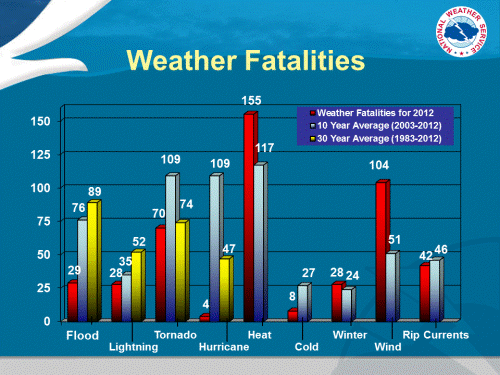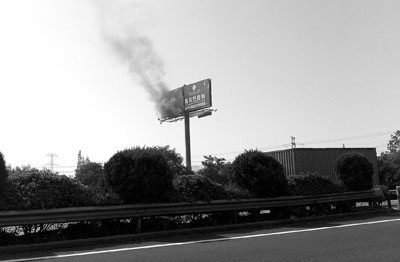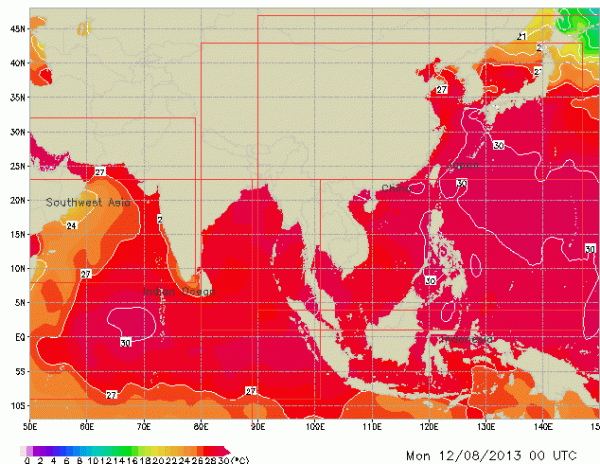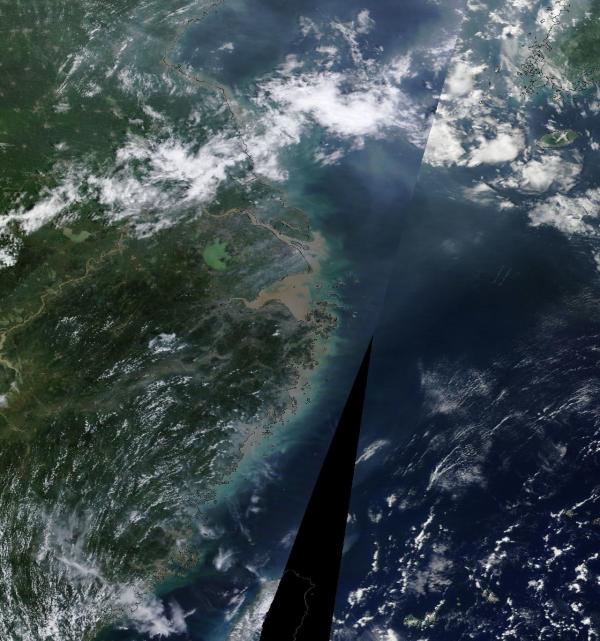Human-forced warming of the global climate system is pushing sea surface temperatures in some areas to a maximum of 33 C. Extreme ocean warming that is increasing the amount of latent heat the atmosphere can deliver to human bodies during heatwaves. And near a 33 C sea surface hot zone, the past few days have witnessed extreme heat and related tragic mass casualties in Sindh, Pakistan.
* * * * *
For Pakistan, the heat and humidity has been deadly. Temperatures over Southeastern Pakistan hit 100 to 113 Fahrenheit (40 to 45 degrees Celsius) during recent days. Night time lows dipped only into the 80s and 90s (30s Celsius). Relative humidity throughout this period has remained above a brutal 50% even during the hottest hours of the day.
Wet bulb temperatures (the wet-bulb temperature is the temperature air has if it is cooled to saturation — 100% relative humidity — by evaporation) climbed into a dangerous range of 30 to 33 degrees Celsius. This greatly reduced the ability of evaporation at skin level to cool the bodies of human beings exposed to such oppressive temperatures. As a result, people working outdoors, the elderly, or those without access to climate-controlled environments fell under severe risk of heat related injuries.
The Hospital Morgue is Overflowing
According to reports from Al Jazzera, thousands of heat injuries and hundreds of deaths have occurred across the region since Saturday. Karachi’s largest hospital — Jinnah Postgraduate Medical Centre (JPMC) — has been flooded with over 5,000 patients suffering from heat injuries since the weekend. At some points, the hospital was receiving one heat injury patient per minute — a pace that nearly overwhelmed the facility. By earlier today, more than 380 of those patients had died.
Dr Seemin Jamali, a senior official at JPMC noted to Al Jazeera:
“The mortuary is overflowing, they are piling bodies one on top of the other. We are doing everything that is humanly possible here. Until [Tuesday] night, it was unbelievable. We were getting patients coming into the emergency ward every minute.”
Across Sindh, Pakistan the story was much the same with the total official heat death toll now standing at 775 and climbing as calls were raised for more government support for people impacted by the worst heat wave to hit Pakistan in at least 15 years.
Killing Heat and Unprecedented Rains
This extreme and deadly heat is a feature of a boundary zone between a hot, high-pressure air mass over the Persian Gulf region abutting against a very moist and El Nino-intensified monsoonal system over India. The result is a combination of high heat and high humidity — factors that, together, are very hard on the human body (wet bulb temperatures above 30 C are considered dangerous, while a blanket measure of 35 C [never reached yet on Earth] is considered rapidly deadly even in the shade).
During late May and early June, similar conditions resulted in hundreds of heat related deaths in India. When the heat finally abated, the subsequent influx of monsoonal moisture set off torrential downpours. In some places, rates of rainfall exceeded typical June monsoonal accumulations by nearly 50 percent with Mumbai already having received 32 inches of rainfall (normal June rainfall is 23 inches). With Mumbai showing daily rainfall accumulations of 1-3 inches, it is possible that June totals could be double that of a typical year.
A Ramping Oceanic Heat/Moisture Pump — Feature of a Record Warm World
The high heat, high humidity and related extreme rainfall events are all features of a warming world. At issue, primarily, is the impact of human forced global warming on the ocean system and how this heating then impacts the atmosphere — making it harder for humans to remain alive outdoors during the most extreme heating events even as it pushes a tendency for more and more extreme droughts and deluges.
This warming related heat and moisture flux is most visible out in the Pacific, where record global atmospheric and ocean heat is pushing maximum sea surface temperatures into the lower 30s (typically between 30 and 31 degrees Celsius). These high sea surface temperatures in a record warm world are now dumping an extreme amount of moisture into the atmosphere through an El Nino amplified evaporation rate. A subsequent amplification of the equatorial storm track due to extreme moisture loading has already seen extraordinary record rainfall events in places as widespread as India, China and the Central U.S.
(Sea surface temperatures climb to near 33 C in the Ocean region near Pakistan — supporting wet bulb temperatures [high heat and high humidity] that generate a heightened risk of heat injury and death. Image source: Earth Nullschool.)
Maximum global sea surface temperature is a good proxy measure for how much moisture the atmosphere can hold, a measure that also likely determines the maximum wet bulb temperature (implied latent heat) at any given point on the globe. And particularly, near Pakistan, we find ocean surface temperature readings in the range of 30 to 33 C running through the coastal zone of the Indian Ocean and on into the Persian Gulf. Readings that increased the amount of moisture the atmosphere could hold at high temperature, increased relative humidity readings as temperatures entered the 100s Fahrenheit (40s C), and forced wet bulb temperatures into deadly ranges which in turn reduced the ability of the human body to cool by evaporation at skin level.
This is how human-forced global warming kills with direct heat — by basically increasing latent heat to the point that evaporation can no longer cool the human body to a natural maintenance temperature of 98.6 (F) or 37 (C). And once wet bulb temperatures start hitting 35 C, then the heat casualty potential really starts to get bad — essentially rendering heat wave regions temporarily uninhabitable for human life outdoors. With maximum sea surface temperatures now running near 33 C, we’re probably just within about 2 C of hitting that deadly boundary.
The Pakistan and Indian heat deaths this year, though extraordinarily tragic and probably preventable without current level of human forced warming of the atmosphere, serve as a warning. Keep warming the globe through fossil fuel emissions and there are many far, far worse heatwaves to come.
Links:
Pakistan Heatwave Death Toll Edges Toward 800
Pakistan Heatwave Death Tool Rises to 750
Heavy Rain Soaks India as Monsoon Advances
An Adaptability Limit To Climate Change Due to Heat Stress
Hat Tip to Colorado Bob




















